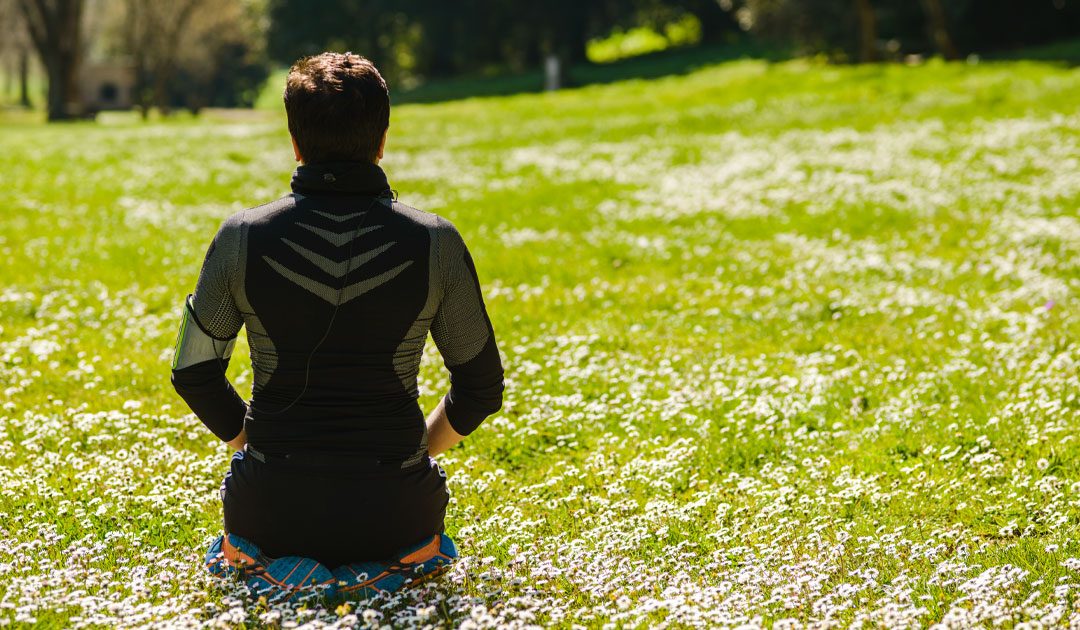As I am in this new season of life living in a new state away from all of my loved ones, I find myself in one of the most difficult times of my life. This has forced me to use the very tools I teach to my clients. These tools include healthy coping strategies or as people most commonly know them healthy coping mechanisms. Most people understand what unhealthy coping strategies are more so than they do positive ones. Coping strategies occur in both negative and positive times of our lives. The reason we all use these is due to an increase in stress. Things such as divorce, miscarriages, and loss of a job can cause distress for a person which increases the person’s need to figure out how to deal with the situation. Unhealthy coping strategies include, but are not limited to: drug/alcohol use, self-harm, overeating, overworking, and isolation.
I find that many clients have a great deal of guilt about how they deal with life, especially if it is deemed in the “negative” category. We all learn different ways to cope with life and whatever those ways are do not define a person. We all have the ability to learn new techniques to add to our toolboxes. Generally, people already know healthy coping mechanisms such as exercise, music, arts, and journaling. I would like to focus on one that many don’t know about which is called a grounding technique. Grounding techniques are used to help in those times where the distress one is feeling is so high that they begin to feel that they are coming out of their bodies. One of my favorite grounding techniques I enjoy teaching is called the five senses. This is one of my favorites because it allows a person to do it anywhere without anyone having to know about it.
How to do the five senses grounding technique:
1. First, take three deep breaths in through ones nose and out through ones mouth. At the top of each breath one will want to hold the breath for a few seconds and then release out through the mouth. As one moves through this grounding technique they can choose, if one feels comfortable, to say each sense out loud.
2. Once one has taken their breath they want to think of five things they see. Then take a breath in through ones nose and out through ones mouth.
3. Then four things one tactilely feels and again take a breath.
4. Three thing one hears and take a breath.
5. Two things one smells and take a breath.
6. Finally one thing ones tastes. When the final sense is completed one will want to take a final three breathes in through their nose and out through their mouth.
Depending on where a person is can make some of this seems more difficult to achieve. In those cases it is ok to mix up the order of the sense I have listed above. The main goal is to focus on one’s breath and pay close attention to each sense.
If you are interested in talking to Amanda Rippee, or one of our other amazing counselors, click here to schedule a session online. If you feel more comfortable, or have further questions, feel free to call our office at (970) 490-1308 and we will be happy to assist you in finding the right counselor for you.


